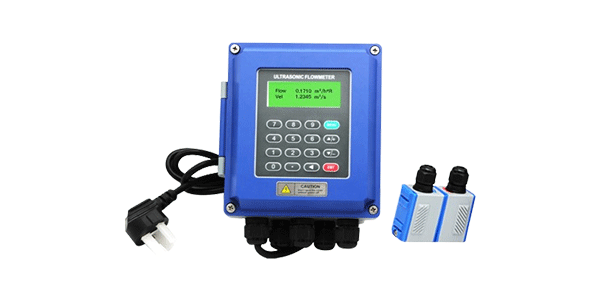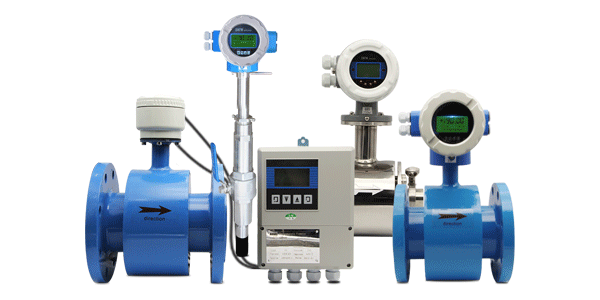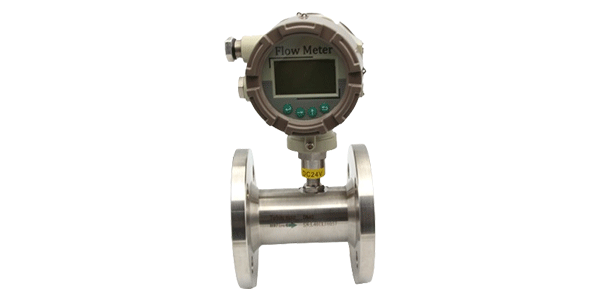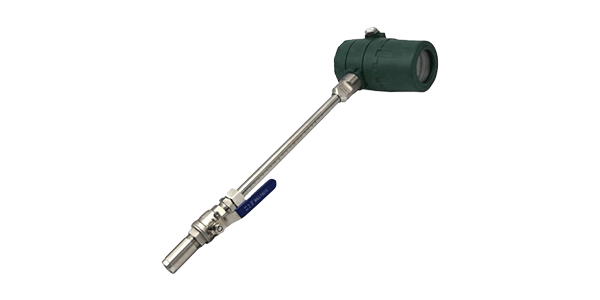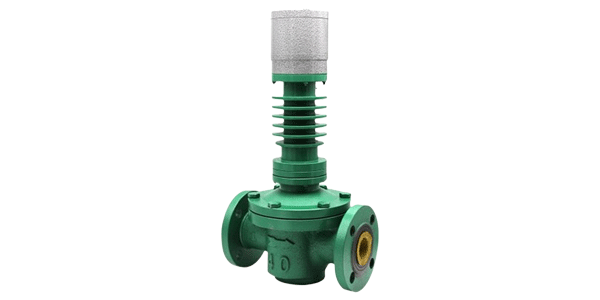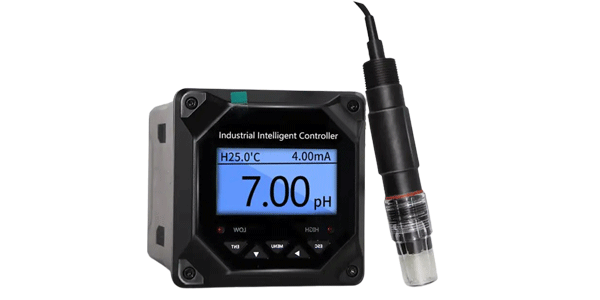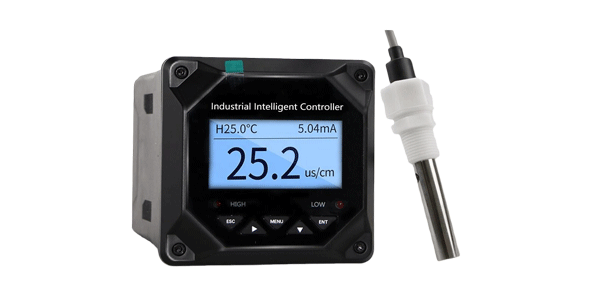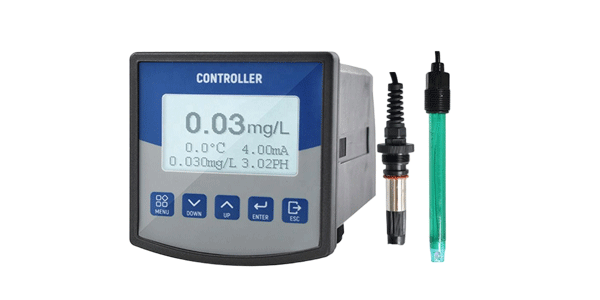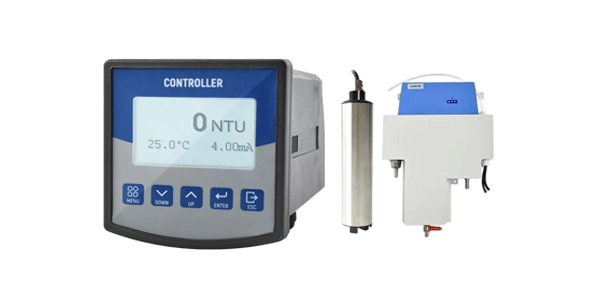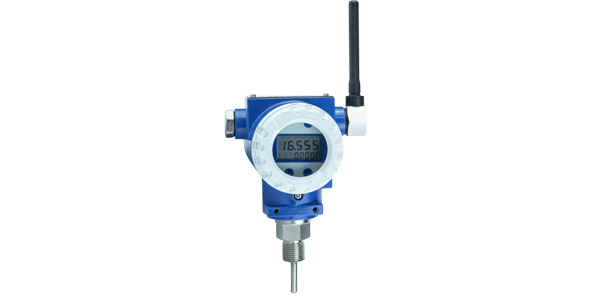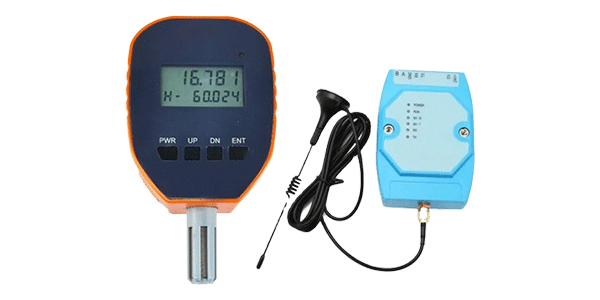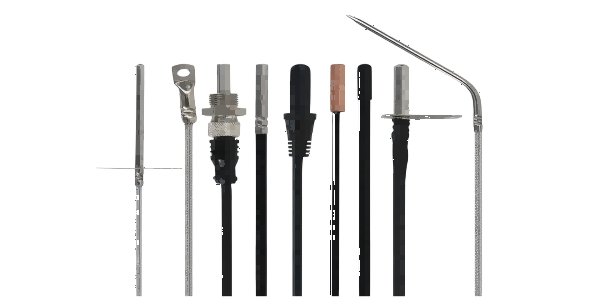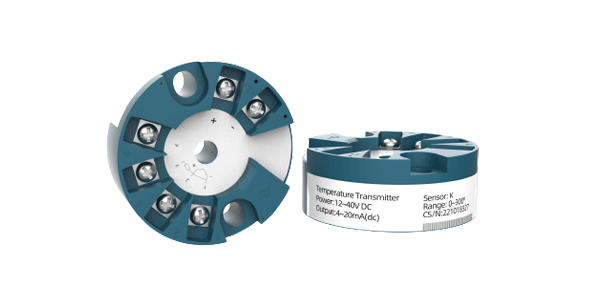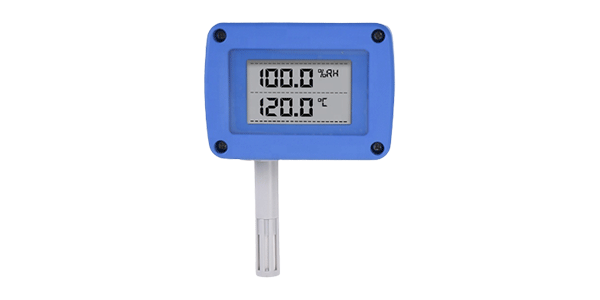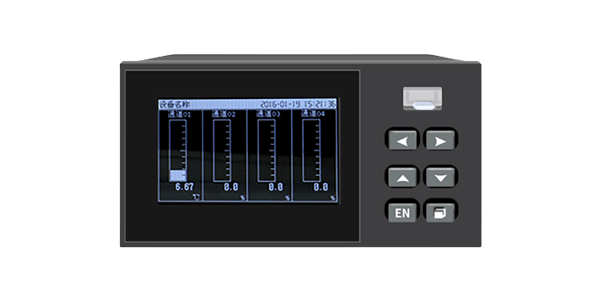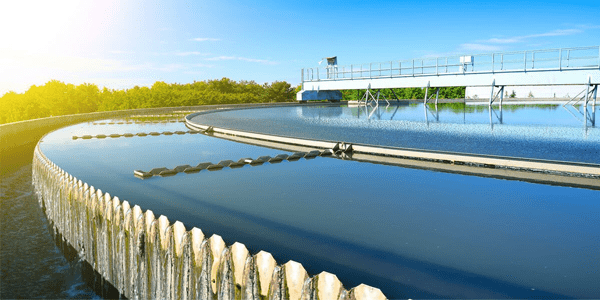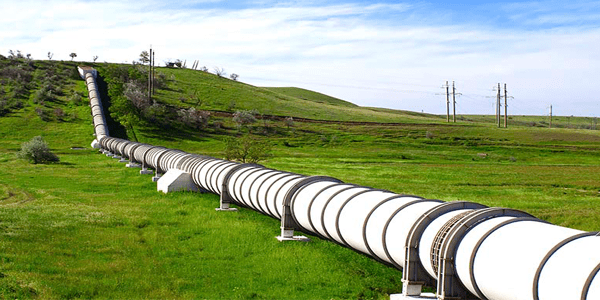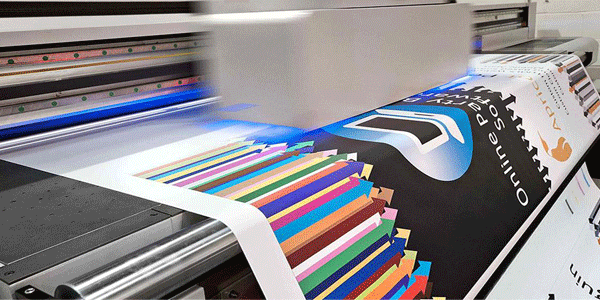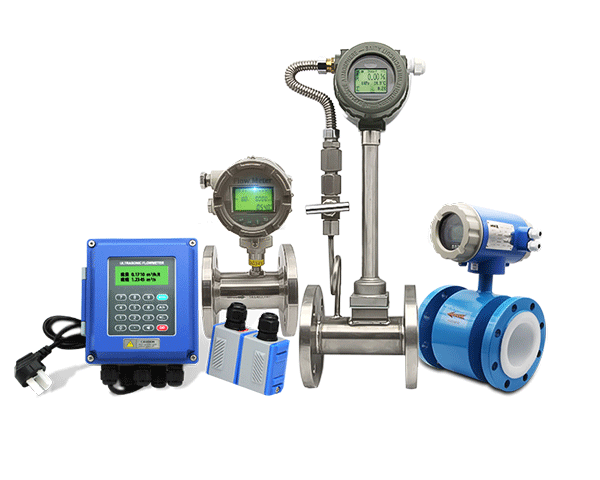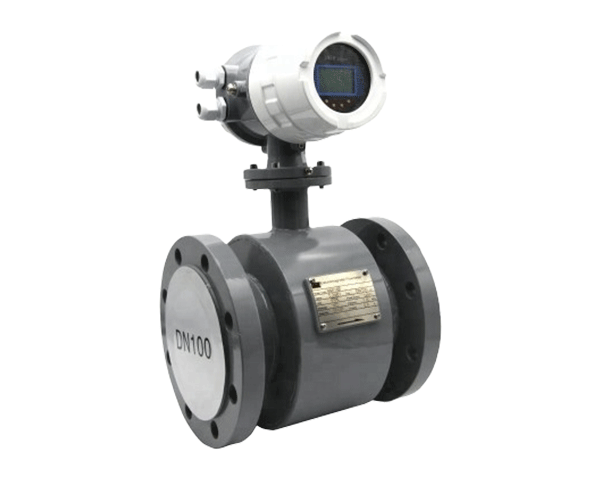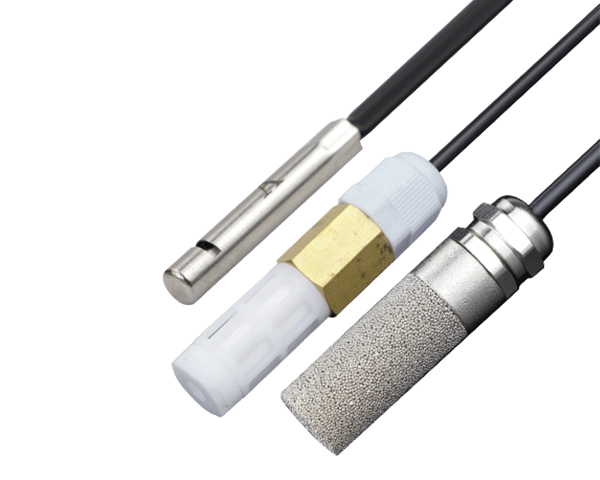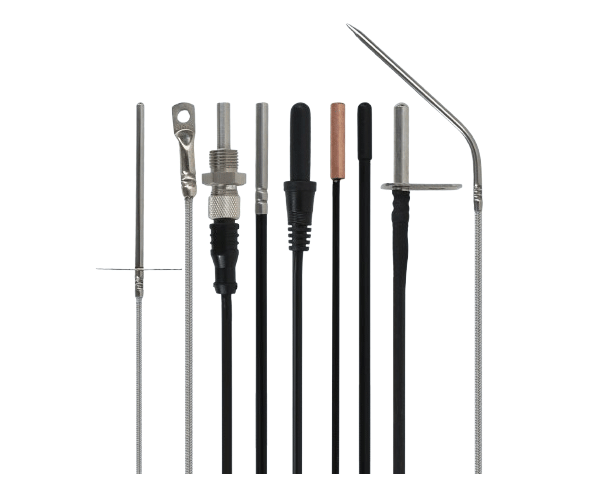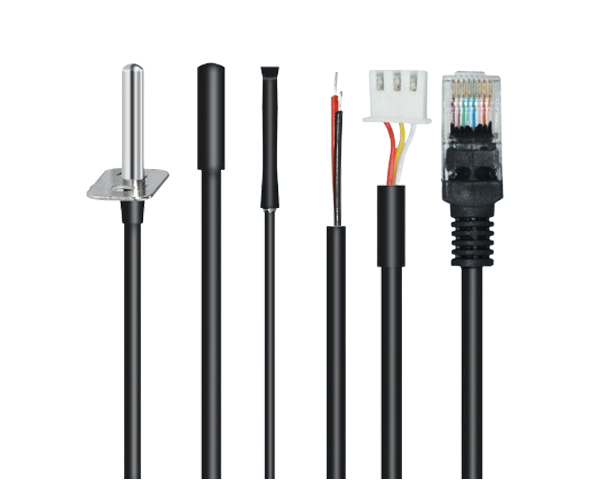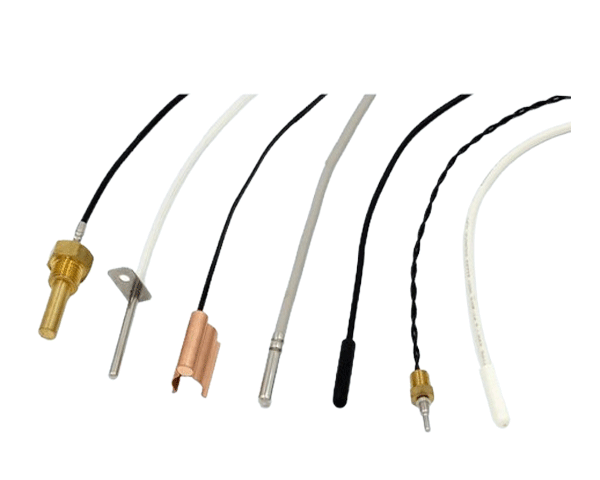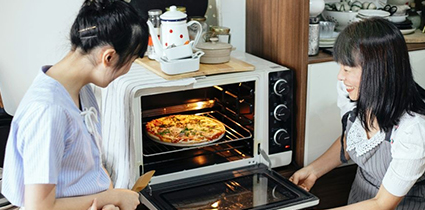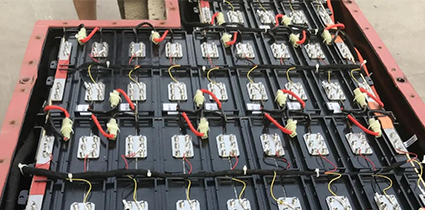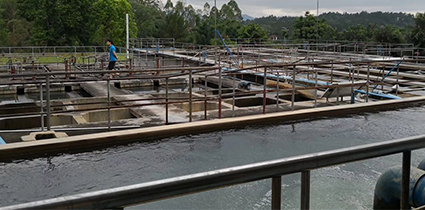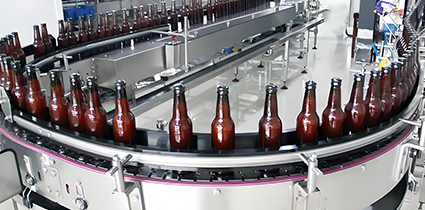Master Your Refrigeration: The Complete Guide to Temperature Monitoring Systems
Are you concerned about food safety, energy costs, and equipment longevity in your refrigeration systems? Proper temperature monitoring is the key solution you need. In this guide, you'll discover how advanced temperature control systems protect your inventory, reduce operational expenses, and extend equipment life. Learn about sensor technologies, system benefits, and get expert answers to common refrigeration challenges.
Why Temperature Monitoring is Critical for Refrigeration Systems?
Temperature control goes beyond basic cooling in refrigerator and freezer systems. Consistent, accurate temperature management directly impacts food safety, operational efficiency, and equipment performance in your facility.
By maintaining optimal temperatures, you prevent food spoilage and bacterial growth that can compromise product quality and consumer safety. Simultaneously, proper temperature regulation ensures your refrigeration equipment operates at peak efficiency, reducing energy consumption and minimizing wear and tear for extended service life.
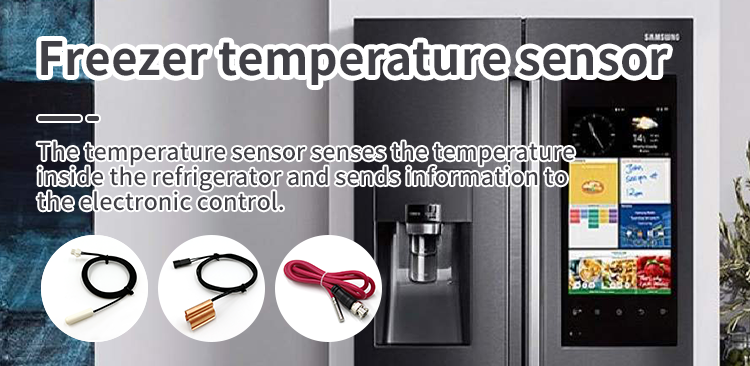
How Modern Refrigeration Control Systems Work?
Today's advanced refrigeration control systems utilize real-time temperature data from precision sensors to automatically manage your equipment's operation. Here's the process:
The system continuously monitors internal temperatures using reliable sensors. When temperatures deviate from your preset parameters, the control system automatically activates or adjusts compressor and evaporator operation. This closed-loop control maintains your desired temperature range consistently, ensuring food quality while optimizing energy usage.
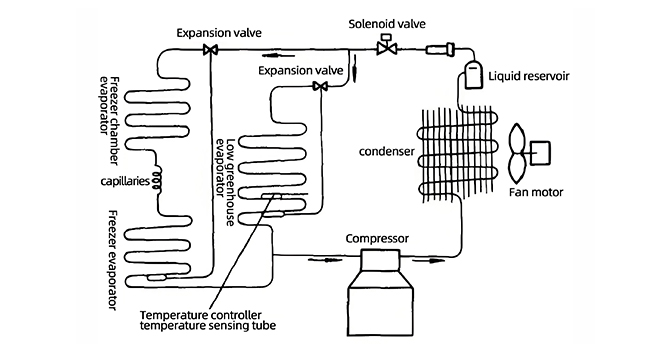
Key Features of Professional Refrigeration Temperature Sensors
Multiple Chip Options for Various Applications
Choose from thermistor, platinum resistor, or DS18B20 chips to match your specific requirements. This versatility ensures you have the right sensor technology for different refrigeration scenarios and accuracy needs.
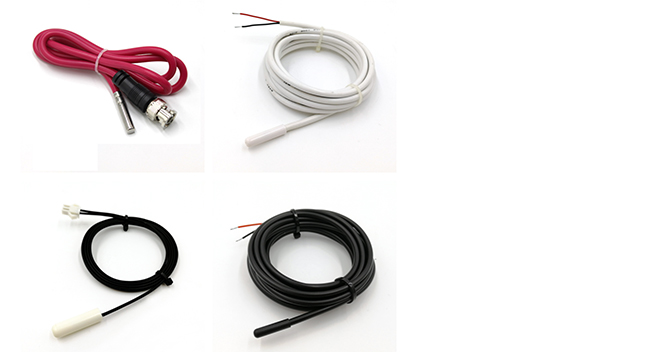
High-Precision Imported Chips
Our sensors feature imported chips that deliver exceptional accuracy and rapid response times. This ensures immediate detection of temperature fluctuations and precise control over your refrigeration environment.
Advanced ABS Injection Molded Probes
The ABS injection molded probe design provides excellent thermal conductivity for fast temperature reading, along with superior waterproof protection that ensures reliable performance in high-humidity environments.
Food-Grade Stainless Steel Probes
Customizable food-grade stainless steel probes offer enhanced safety and hygiene for food processing and storage applications. These corrosion-resistant probes maintain accuracy while meeting strict food safety standards.
Standardized Connector Systems
Features standard connectors for quick, hassle-free installation and maintenance. The simplified connection system reduces downtime and makes sensor replacement straightforward when needed.
Frequently Asked Questions (FAQ)
How often should refrigeration temperature sensors be calibrated?
For optimal accuracy, we recommend professional calibration every 6-12 months. However, critical applications or regulatory requirements may necessitate more frequent calibration. Most high-quality sensors maintain stability within ±0.5°C for extended periods.
What temperature range should my commercial refrigerator maintain?
Commercial refrigerators should typically maintain temperatures between 34°F and 39°F (1°C to 4°C). Freezers require consistent temperatures of 0°F (-18°C) or lower. Specific requirements may vary based on stored products and local health regulations.
Can temperature monitoring systems help reduce energy costs?
Absolutely. Advanced temperature control systems can reduce energy consumption by 15-25% by optimizing compressor run times and preventing unnecessary cooling cycles. Proper temperature management also reduces frost buildup, further improving efficiency.
What's the difference between thermistor and platinum resistor sensors?
Thermistors offer excellent sensitivity and are cost-effective for most applications. Platinum resistors provide higher accuracy and long-term stability, making them ideal for critical temperature control. DS18B20 sensors offer digital output and are excellent for multi-point monitoring systems.
How do I know if my temperature sensor needs replacement?
Common signs include inconsistent temperature readings, frequent system cycling, temperature alarms without apparent cause, or visible damage to the probe or wiring. Most quality sensors last 3-5 years, though harsh environments may shorten this lifespan.
Ready to Optimize Your Refrigeration System?
Get professional temperature monitoring solutions.


